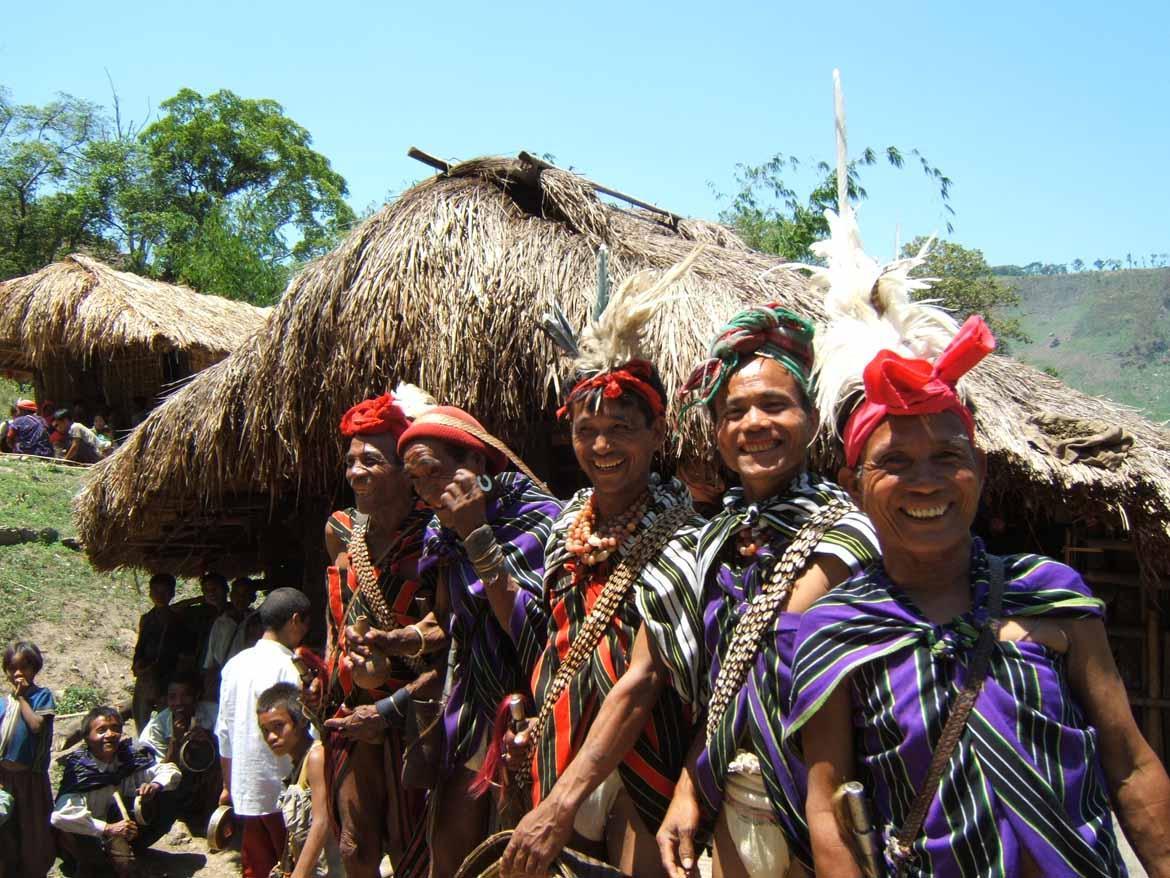The ethnic minorities of Burma

Burma may take its name from the Bamar people who form two-thirds of the country’s population, but in fact – Burma (or Myanmar, if you prefer) is incredibly ethnically diverse, with at least 135 ethnic groups. In this post, we’ll give you a whistle-stop introduction to Burma’s ethnic minorities, their history, and their place in Burma today.
It’s easy to bandy about statistics about Burma’s ethnic minorities. If you swallow the official line, there are 135 ethnic groups in Myanmar, grouped neatly into eight “major national ethnic races”. Unfortunately, the reality isn’t nearly so neat. In fact, there are more than 135 minorities – many of them not acknowledged by the government – and the eight “official” groups are based chiefly on location, taking little account of the diverse cultures, languages and characteristics they encompass.
What makes Burma so diverse?
Burma’s ethnic diversity is the product of its strategic position, bordered by Bangladesh, India, Tibet, China, Laos and Thailand. Throughout history – since long before these borders existed – people from diverse backgrounds migrated across the mountains that surround Burma’s central plains, putting down roots in remote pockets of the countryside. The locations they settled in were often extremely isolated and inaccessible, meaning that these cultures survived for generations without outside influences. It’s this combination of factors that makes Burma so ethnically diverse.

Burma's Moken people spend their lives on the sea in the Myeik Archipelago (© Burma Boating)
Who are Burma’s ethnic minorities?
The eight “major national ethnic races” of Burma are the Bamar (who form the majority), Chin, Kachin, Kayin, Kayah, Mon, Rakhine and Shan. These broad labels are not particularly useful, and tell us little about the people within them other than where they live. Zoom in a little further, however, and Burma’s glorious cultural diversity comes into focus. From the “sea gypsies” of the southern islands who spent their entire lives on the water, to the “long-necked” women of Padaung, to the former Naga head-hunters on the Indian frontier, and the tattooed women of Chin State – Burma’s ethnic minorities are amazingly diverse, impossible to describe, and very little understood.

Padaung women extend their necks using brass rings
What languages do they speak?
Lots! Though the national language is Burmese, over 100 different dialects and languages have been identified in Burma. These can be grouped into several different families that reflect Burma’s diverse origins – from Sino-Tibetan to Austronesian and Indo-European and many more besides. For many years, however, the use of minority languages was discouraged in Burma as the military government tried to assimilate ethnic minorities into the majority population, promoting the idea (or rather, myth) of a common national identity.
What about the unrecognized groups?
I’ve mentioned that the Burmese government recognizes 135 ethnic minority groups, but there are many who don’t enjoy recognition from the government – and are thus barred from citizenship and all its associated benefits. Today, the most controversial of these groups are the Rohingya: Muslims who began migrating from Bangladesh centuries ago and settled in Rakhine State. Although most Rohingya have lived in Burma for generations, their citizenship is denied by both Myanmar and Bangladesh, leaving them with nowhere to turn. Today they are one of the world's most persecuted minorities (read more). Other minority groups not recognized by the Burmese government include the Gurkha, Tibetans, Anglo-Burmese, Panthay, and Burmese Pakistani.

Minority people near Putao, in Burma's far north
The history of Burma’s ethnic minorities (in a nutshell)
1,500 years ago, the country we now know as Burma was inhabited by the Pyu, a Tibeto-Burman-speaking people who migrated south from present-day Yunnan in China, and the Mon, who came to Burma from what we now know as Thailand. In the ninth century, the Bamar people – who also hailed from the Yunnan region of China – invaded from the north, bringing an end to Pyu civilization and setting up the Pagan Kingdom, marking the beginning of Bamar ascendancy in Burma.
Following the fall of their 500-year empire, Burma churned with independent states and kingdoms which rose, fell, and reformed anew, creating rivalries that still exist today – but at the end of it all, the Bamar came out on top.
Enter the British. The Brits, doing as they do best, waited until Burma was distracted by wars with Siam and China before invading from the west – making Burma a province of British India in 1886. Having done this, they set about causing all manner of problems between ethnic minorities – some of whom they befriended while others they left out in the cold. Their favoritism created plenty of bitterness and rivalry between minority groups, which only increased when the British withdrew from Burma, taking their support with them.
After Burmese independence, it seemed as though things were heading in the right direction. General Aung San, Burma’s great liberator, sat down with leaders from the Shan, Chin, and Kachin ethnic minority groups and drew up the Panglong Agreement, which guaranteed those minorities independence from Burma after 10 years if they were not happy with their representation in the country. (Many other minorities were excluded from this hastily concocted agreement, the idea being that it could be expanded and amended in future).
But all this was not to be: Aung San was assassinated, the Panglong Agreement disintegrated, and Burma embarked on a civil war that continues uninterrupted to the present day.

A Chin minority woman sporting traditional facial tattoos
What does the future hold for Burma’s ethnic minorities?
It’s no secret that Burma still faces huge, intractable challenges – but it has also made great positive changes in the past few years. Perhaps the most important change of all was the election of the National League for Democracy – headed by Aung San Suu Kyi, the daughter of Aung San. Suu Kyi has vowed to make ethnic minority issues a central theme of her party’s government, and though she has been criticized for her inaction over the Rohingya crisis, many still hope that the daughter of Burma’s national hero can finish the work her father began with the Panglong Agreement in 1947.

Intha stilt houses on Inle Lake
Over the coming weeks and months, we’ll be looking at some of Burma’s ethnic minorities in more detail – investigating their cultures and traditions, while looking at some of the challenges they face today. To get you started read about the Moken people – Burma’s “sea gypsies” – who live on the ocean in the Myeik Archipelago.




